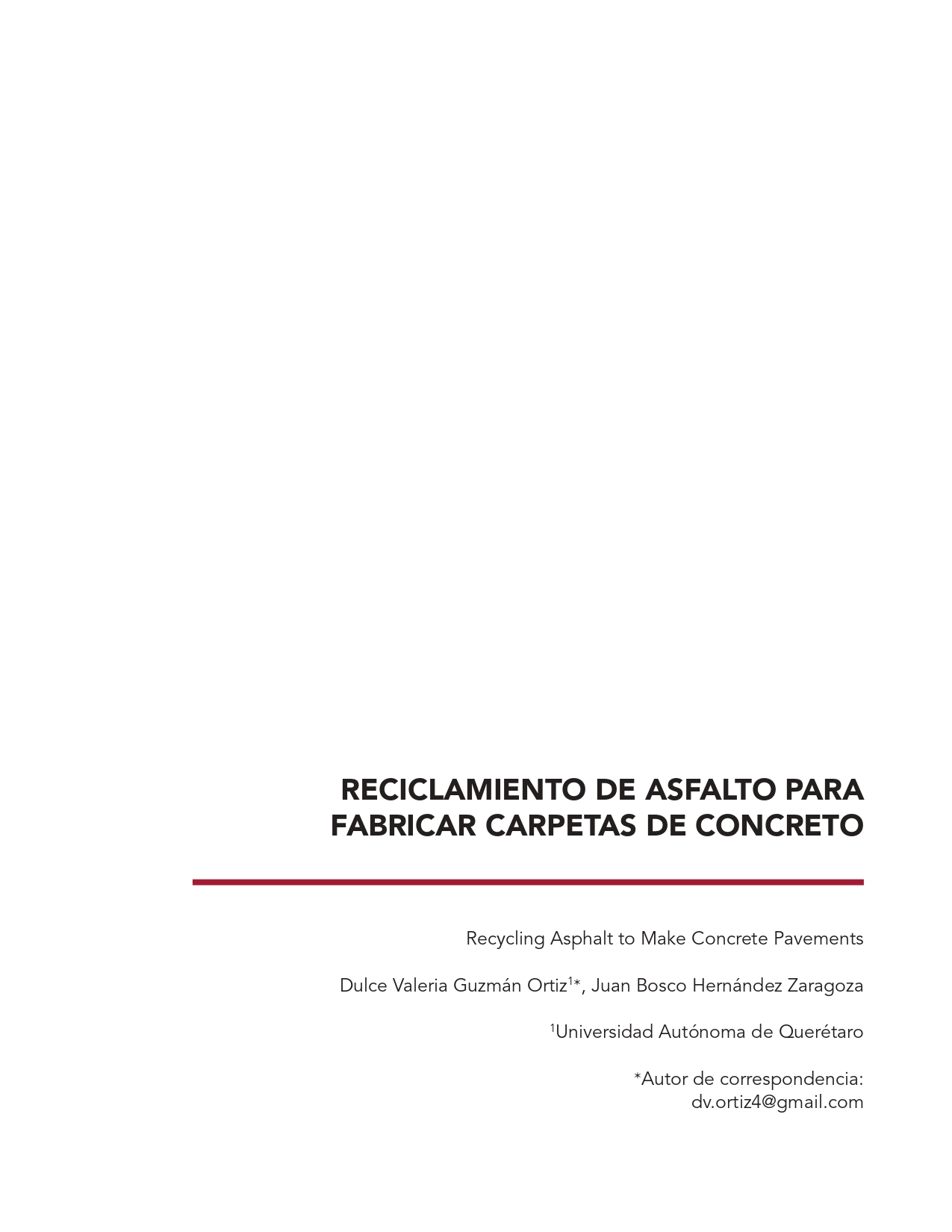Abstract
The constant exploitation and consumption of natural resources for the construction or rehabilitation of roads has influenced on global warming. Reclaimed Asphalt Pavement (RAP) has been presented as a technique to reduce costs and consumption of natural resources. The objective of this study was to evaluate the performance of the mixtures, in resistance to compression and diagonal tension presented in hydraulic concrete mortars, at 3, 7, 14 and 28 days of age. RAP material was used to separate the impregnation from the asphalt material using the Los Angeles Wear machine and the aggregate was screened to be used in two different RAP mixtures in Recovered Washed Condition (LAV) and RAP in Recovered Unwashed Condition (SL). A Control Mix (CO) and RAP in Original Condition (CO) were also evaluated. All samples were screened by sieve No. 8 and compacted in two layers giving 20 hits to each one in cylinders of 5*10 cm. For each material, moisture correction was made due to the absorption of the aggregates. On the one hand, the results obtained in the laboratory indicate that the contribution in resistance to compression at 28 days was 47.7 kg/cm2, 62.2 kg/cm2 and 74.8 kg/cm2, of the mixtures CO, SL and LAV. Results showed that the mixture LAV obtained an increase of 4.3% with respect to the Control Mix (MC) that obtained a resistance of 71.8 kg/cm2. On 110 the other hand, the results of resistance to diametral tension obtained at 28 days were 10.2 kg/cm2, 15.4 kg/cm2 and 16.7 kg/cm2. Out of the asphalt pavement CO recycling aggregates, SL and LAV are smaller than the Control Mix (MC) of 21.0 kg/cm2. It is emphasized that the material LAV is the one that obtained a resistance of 16.7 kg/cm2, being the best behavior, improving in 38.9% and 7.3% with respect to CO and SL, which indicates that it is a possible application of aggregate as a replacement for a hydraulic concrete.
This work is licensed under a Creative Commons Attribution-NonCommercial 4.0 International License.

